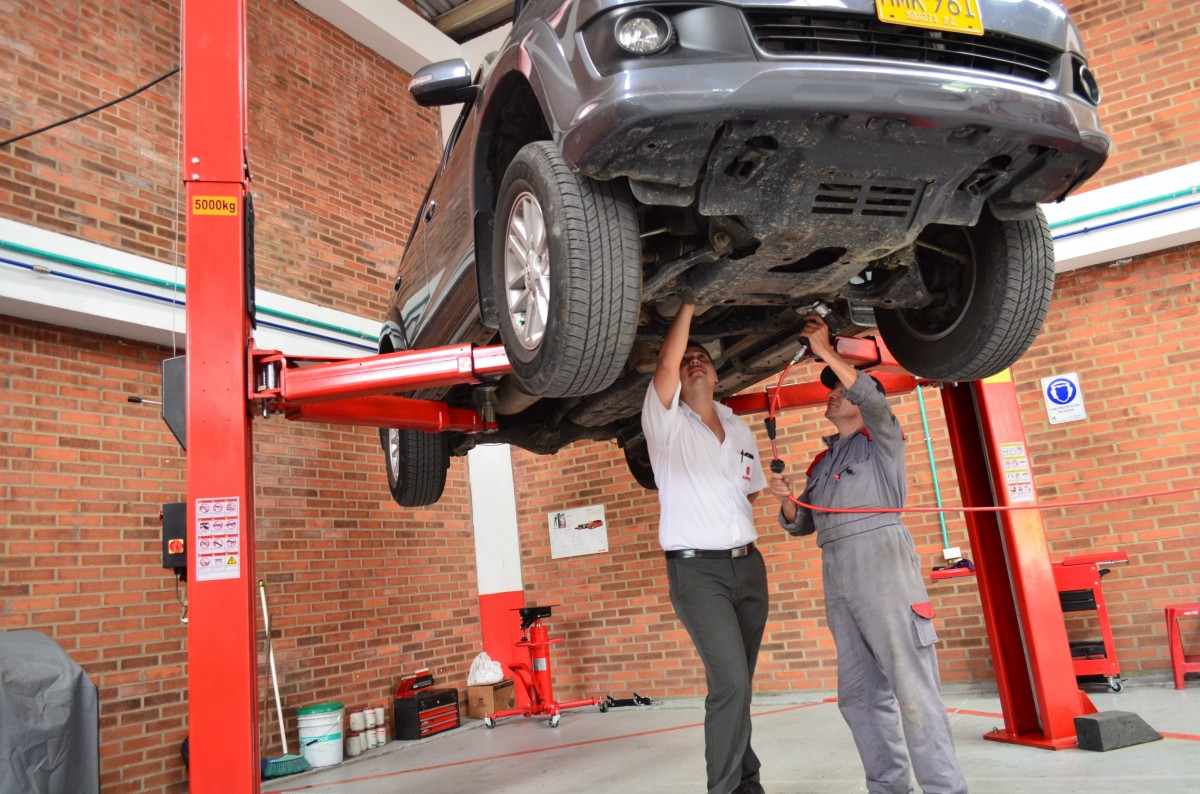The Shaken Process: An Exhaustive Checklist for Japanese Vehicles
If you’re about to buy a car in Japan, you’ll need to know the ins and outs of what goes into maintaining it. You’ve probably heard of “Shaken” before – but do you know what it is?
The Shaken (車検) process is the exhaustive checklist that all Japanese vehicles must go through every other year. Foreign and domestic, new and old – they’re all subject to the same rules.
What Is Shaken?
All vehicles in Japan must undergo a compulsory inspection process every two years. It includes checking various components of the vehicle, doing safety tests, emission testing, and more.
The vehicle inspection system is a written law passed in 1951. The process is there to ensure road safety and environmental friendliness. It also makes sure that the car is registered to the real owner’s name, not a third party.
Most importantly, the inspection assesses the fitness condition of a car. This can help prevent accidents by detecting problems with vehicles before they happen.
Which Tests are Done in the Shaken Inspection?
The Japanese government has set up strict regulations for all vehicles run on Japanese roads. Passing the tests will get you a fitness certificate that is valid for the next two years. Licensed mechanics and inspectors supervise this process to determine the fitness of the vehicles.
Let’s see which parts are inspected before giving the certificate:
Exterior parts
The main purpose of this test is to check the condition of exterior parts. The Shaken inspector will examine the body, paintwork, glass, and lights for any damage or rust.
This stage is mainly about all electrical exterior components, including the windshield wipers, front and rear lights, horn, and other parts. The inspector won’t check any interior components or any parts under the hood at this step.
Identity of the vehicle
The number plate, chassis number, and vehicle identification numbers will be verified at this step. You can expect the inspector to check the model/year of your car using a reference catalog.
This is the simplest part of the whole Shaken procedure. The inspector will examine the car’s registration documents and match them with the engine type and chassis number under the hood.

Emission test
This is the most important part of the Shaken process and it’s necessary to find out if there are any harmful exhaust emissions from the car. The inspector will test carbon monoxide, nitrogen oxides, and hydrocarbons from the exhaust pipe.
The vehicle must meet emission standards set by Japan’s Ministry of Land, Infrastructure, Transport and Tourism (MLIT).
The inspector inserts a probe into the exhaust pipe of the vehicle when the engine is running. It determines the amount of carbon coming out of the exhaust system. This test is really important since failing it means your car is unfit to receive a Shaken certificate.
Vehicle’s alignment
This test is to check if the car has the correct alignment and safe to drive on Japanese roads. However, it does not involve anything complicated.
For this test, you will need to drive the car between two white lines. The examiner will watch the movement closely and determine whether the vehicle’s alignment is correct or not.
Failing to keep the car between the white lines may result in failing the entire test. Misalignment is the result of wheelbase problems, tire wear, damage in brake components, and a few other issues. Diagnose your car for these issues before taking it for the Shaken.
Odometer test
The test is slightly different from what it sounds like. The inspector will not check your odometer reading to find out the car’s mileage. Instead, he will look over the speed of the vehicle.
You will need to drive on the rolling road and flash the headlights when the car reaches 40km/h. You will pass if the speed matches what he is clocking you at.
Headlight inspection
The test does not involve whether the lights are working or not. Rather, it checks the trajectory of the high-beam lights. There should not be any dip or rise in the trajectory of the right or left headlights.
SEE MORE
- What Is Pre Purchase Inspection And Where to Do That?
- Learn about the Car Parts That Need Regular Checking
Brake examination
To perform this test, the vehicle has to be in the neutral position. Upon receiving a signal from the examiner, you have to press the brake. You need to repeat the same process for examining the handbrake.
The pit test
It’s the final stage of the inspection process. You need to position the car over the pit and switch the ignition off after placing the gear in neutral. A technician will slide under the car and examine various components.
Conclusion
The Shaken process is important for all car owners in Japan. It’s a way to ensure that your vehicle is safe to drive on the roads and meets all emission standards. The inspection involves several stages, some of which can be quite challenging. However, if you have everything in order, the process should go smoothly. Make sure to double-check the engine, brakes, and headlights of your car before taking it for Shaken.














